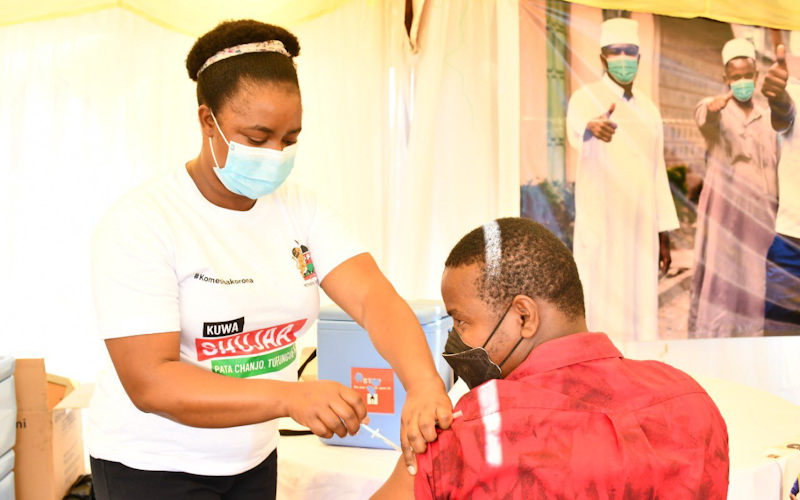The World Health Organisation (WHO) is concerned with the mutations of Omicron sub-variants BA.4 and BA.5 besides the dominance of the BA.2 globally.
WHO chief Tedros Adhanom Ghebreyesus says the BA.4 and BA.5 are driving a new surge in South Africa.
“The BA.4 and BA.5 sub-variants were identified because South Africa is still doing the vital genetic sequencing that many other countries have stopped doing,” Tedros said adding, “In many countries, we’re essentially blind to how the virus is mutating.”
“The best way to protect people remains vaccination, alongside tried and tested public health and social measures,” Tedros insisted Wednesday.
"In many countries we’re essentially blind to how the [#COVID19] virus is mutating. We don’t know what’s coming next."-@DrTedroshttps://t.co/jIBCrlB6x6
— World Health Organization (WHO) (@WHO) May 4, 2022
In April, WHO had indicated that the new sub-variants were detected in South Africa, Botswana, Belgium, Germany, Denmark, and the UK and was keeping track of them.
“There are less than 200 sequences available so far and we expect this to change…We are tracking (the virus) very closely to see if there is any uptick in case detection, but (so far) we haven’t seen any change in epidemiology or severity,” WHO lead epidemiologist Dr. Maria Van Kerkhove had said in April.
New estimates from the WHO show that the full death toll associated directly or indirectly with the COVID-19 pandemic (described as “excess mortality”) between 1 January 2020 and 31 December 2021 was approximately 14.9 million (range 13.3 million to 16.6 million).
“These sobering data not only point to the impact of the pandemic but also to the need for all countries to invest in more resilient health systems that can sustain essential health services during crises, including stronger health information systems,” said Dr. Tedros.
“WHO is committed to working with all countries to strengthen their health information systems to generate better data for better decisions and better outcomes.”
According to WHO, deaths linked indirectly to COVID-19 are attributable to other health conditions for which people were unable to access prevention and treatment because health systems were overburdened by the pandemic. The estimated number of excess deaths can be influenced also by deaths averted during the pandemic due to lower risks of certain events, like motor-vehicle accidents or occupational injuries.
“Excess death is a method widely considered an accurate metric and helps in providing a more complete picture of the pandemic,” said Dr. Samira Asma, assistant director-general for data, analytics, and delivery for impact at WHO, adding that more accurate figures help guide public health policies and interventions.
“When we underestimate, we may under-invest, and when we undercount, we may miss targeting the interventions where they are needed most,” she said.
Khusoko is now on Telegram. Click here to join our channel and stay updated with the latest Health news and updates.




